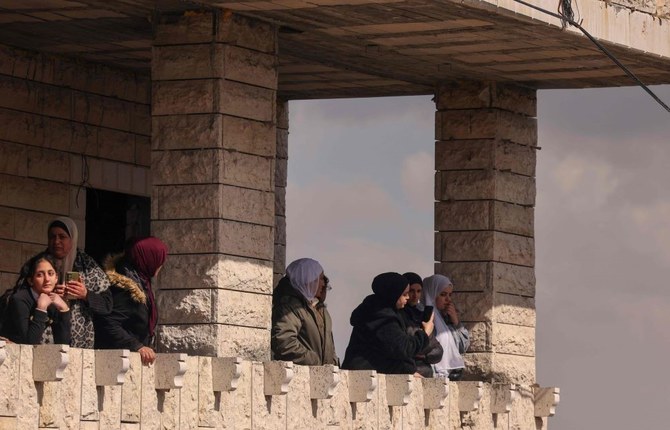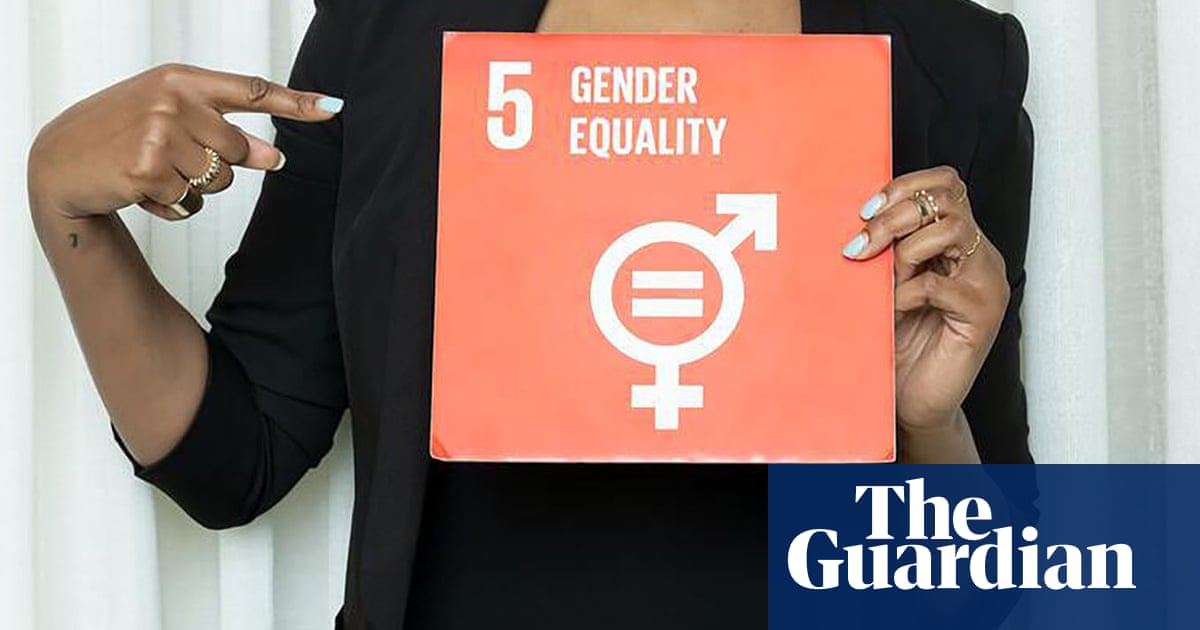
One in four women and girls around the world have been physically or sexually assaulted by a husband or male partner, according to the largest study yet of the prevalence of violence against women.
The report, conducted by the World Health Organization (WHO) and UN partners, found that domestic violence started young, with a quarter of 15- to 19-year-old girls and young women estimated to have been abused at least once in their lives. The highest rates were found to be among 30- to 39-year-olds.
When figures for non-partner violence are included, the WHO estimates that about a third of women aged 15 or older – between 736 million and 852 million – will experience some form of sexual or physical violence in their lifetime.
The study analysed data on non-intimate – defined as perpetrated by a stranger or someone the victim knows – and intimate partner violence covering 161 countries, published between 2000 and 2018. It does not reflect the continuing impact of the Covid-19 pandemic. Last year, the UN predicted at least 15m extra cases of domestic violence around the world as a result of coronavirus restrictions.
The WHO report focused on physical and sexual violence, but noted that actual rates would be far higher if other types of abuse were included, such as online violence and sexual harassment.
Levels of violence were higher in low- and middle-income countries. South Asia and sub-Saharan Africa had some of the highest rates of intimate partner violence among women and girls aged 15 to 49. In five countries – Kiribati, Fiji, Papua New Guinea, Bangladesh and Solomon Islands – more than half of women have been abused by a partner at least once.
The Democratic Republic of the Congo had the highest rate among this age cohort in sub-Saharan Africa, at 47%, followed by Equatorial Guinea (46%), Uganda (45%) and Liberia (43%).
The lowest rates of violence were found in southern and eastern Europe and central and eastern Asia. In the UK, 24% of 15-49 year olds have been abused by a partner.
“Violence against women is endemic in every country and culture, causing harm to millions of women and their families, and has been exacerbated by the Covid-19 pandemic,” said Dr Tedros Adhanom Ghebreyesus, WHO director general.
“But unlike Covid-19, violence against women cannot be stopped with a vaccine. We can only fight it with deep-rooted and sustained efforts – by governments, communities and individuals – to change harmful attitudes, improve access to opportunities and services for women and girls, and foster healthy and mutually respectful relationships.”
Dr Claudia García-Moreno, who leads the WHO’s work on violence against women, said the figures should be a “wake-up call” to governments about the urgency of the situation.
“There’s an urgent need to reduce stigma around this issue, train health professionals to interview survivors with compassion, and dismantle the foundations of gender inequality,” she said.
“Starting by making schools safe places, because in many countries and settings, unfortunately they are not,” she said.
Comprehensive sex education and lessons on how to build healthy relationships, based on equality and mutual respect, were needed, she added.
Fundamentally, though, violence against women had to be treated as a societal problem, with men and boys involved in tackling it, said García-Moreno. “One of the challenges is that it is often shunted off to the side as a women’s issue.”
Anthony Davis, policy advisor for gender at the UK branch of the children’s charity Plan International, agreed. He said it was important that girls had full access to resources and services to help prevent and respond to cases of violence.
But he added that gender-based violence was a cause and consequence of gender inequalities that needed to be unpicked. “An important part of that is working with men and boys directly to understand their perspectives, why they have certain views and really work with them over the long-term to dismantle some of these hardcore beliefs, as well as support and empower girls and women to achieve their potential.”
Funding to address violence against women has increased significantly over the past five years. Bilateral aid from OECD development assistance committee (DAC) donor countries rose from $121m (£87m) in 2016 to $449m in 2019 – the majority coming from EU programmes – according to analysis by the funding trends website Donor Tracker.
But this amounted to only 0.33% of the total DAC country budgets. “It’s a pittance when you consider the magnitude of the problem, when you consider the prevalence, when you consider the millions of women and their children that are affected,” said García-Moreno.
A costed draft blueprint to address violence against women and girls, put together by NGOs, government officials and business leaders, will be unveiled at the first of two Generation Equality forums, convened by UN Women later this month. It will include a call for a 50% increase in funding to women’s rights organisations to address violence over the next five years.












